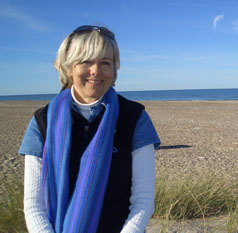Arts-Based Practices in Regions Affected By War
DOI:
https://doi.org/10.15845/voices.v12i2.633Keywords:
creative arts therapies, trauma, conflict resolution, refugeesAbstract
Post traumatic stress disorder (PTSD), cultural disintegration, political confusion and unresolved inter-ethnic conflict are just some of the hurdles that can face citizens in war affected areas. After the Dayton Accord had been signed in 1995, international government and charity organizations and a variety of NGOs flooded into Bosnia and Herzegovina to help rebuild the infrastructure and to offer transitional economic and political support for the beleaguered, fragmented population. Although arts-based activities, therapies and projects were also part of the international influx, this form of psychosocial intervention was piecemeal, somewhat random, and often unable to sustain a long term or systemic approach to the massive psychosocial needs of the people. There appears to be little peer-reviewed fieldwork research to support claims of effectiveness of arts-based projects in post-conflict regions. Therefore, considering the growing number of projects that use the creative arts as an intervention for trauma, conflict transformation and community building in war affected populations, the purpose of this paper is to search for, and critically examine, empirical arts-based research conducted in war affected areas and/or any population that may have been directly impacted by activities of armed conflict.

Downloads
Additional Files
Published
How to Cite
Issue
Section
License
Articles published prior to 2019 are subject to the following license, see: https://voices.no/index.php/voices/copyright

